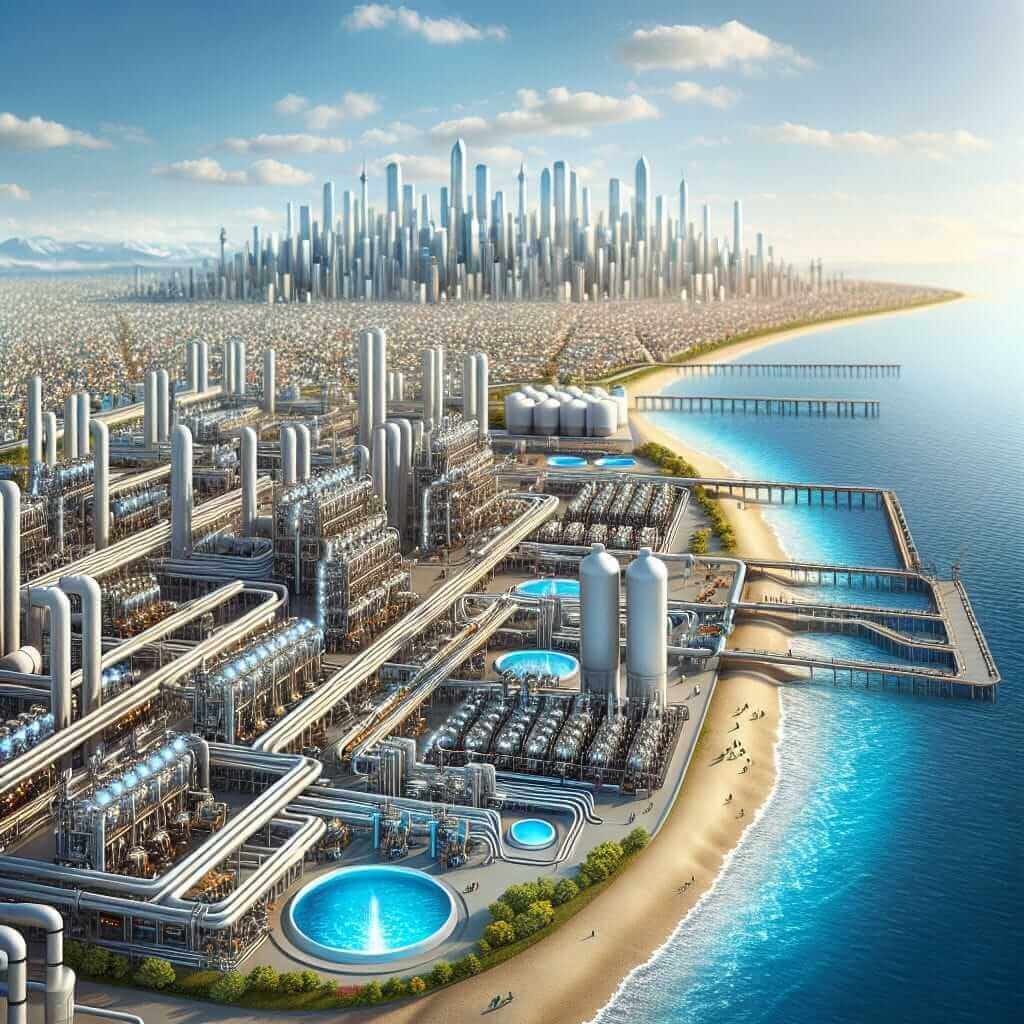The IELTS Reading section can be a daunting challenge due to its diverse range of topics. One such relevant and recurring theme is “Technological advancements in clean water access.” As issues of clean water and sustainable development continue to draw global attention, it is likely that this topic could appear in your IELTS Reading test. This article aims to provide a detailed reading passage on technological advancements in clean water access, accompanying questions, and valuable tips to help you excel in your IELTS Reading exam.
Reading Passage: Technological Advancements in Clean Water Access
The Text
Clean water is essential for human survival, yet millions around the world lack reliable access to it. Technological advancements have played a pivotal role in addressing this critical issue. Innovations range from simple filtration systems to advanced desalination techniques, transforming the way communities access and utilize clean water.
Historically, water scarcity has driven human innovation. For instance, ancient civilizations developed aqueducts to transport water from distant sources. However, modern challenges require contemporary solutions. One prevalent issue is contamination by industrial pollutants. Advanced filtration technologies, such as graphene-based filters, have proven effective in removing harmful substances from water, making it safe for consumption.
Moreover, countries with abundant seawater resources but limited freshwater supplies have turned to desalination. Techniques like reverse osmosis and electrodialysis are becoming increasingly efficient and cost-effective. These methods involve removing salt and other impurities, providing a sustainable solution to water shortages in arid regions.

In addition to filtration and desalination, innovative groundwater management practices are also being adopted. Artificial recharge and managed aquifer recharge (MAR) are helping replenish depleted groundwater levels. These practices involve directing excess surface water into underground aquifers during periods of heavy rainfall, ensuring a reliable supply during dry seasons.
Another breakthrough is the use of solar energy to power water purification systems, especially in remote areas without access to electricity. Solar-powered water distillation units use sunlight to evaporate water, leaving contaminants behind and creating distilled water suitable for drinking.
Technological advancements don’t stop at purification and desalination. Sensors and IoT (Internet of Things) devices are also transforming water management. Real-time data collection and monitoring enable efficient water distribution, leak detection, and quality assurance, minimizing waste and ensuring every drop is used wisely.
The future looks promising as scientists continue to explore groundbreaking technologies like nanotechnology and biotechnology in water treatment. These innovations hold the potential to revolutionize clean water access, making it affordable and accessible for all.
Questions
Multiple Choice
-
What is the primary focus of modern water purification technologies?
A. Transporting water from distant sources
B. Removing industrial pollutants
C. Conserving water
D. Increasing water storage capacity -
How does reverse osmosis help in addressing water scarcity?
A. By transporting water from distant sources
B. By purifying seawater
C. By filtering industrial pollutants
D. By replenishing groundwater levels
True/False/Not Given
- Graphene-based filters are effective in removing harmful substances from water.
- Desalination techniques are applicable only in arid regions.
- Solar energy cannot be used for water purification in remote areas.
Sentence Completion
- Artificial recharge and MAR help to replenish __.
Summary Completion
Fill in the blanks with NO MORE THAN TWO WORDS.
Technologies such as __ and electrodialysis are becoming cost-effective solutions for regions with __ but limited freshwater supplies.
Answer Key
-
B. Removing industrial pollutants
-
B. By purifying seawater
-
True
-
False
-
False
-
depleted groundwater levels
-
reverse osmosis, abundant seawater resources
Common Mistakes and Tips
Common Mistakes
- Misreading Questions: Many candidates misinterpret the questions or statements, leading to incorrect answers.
- Overlooking Keywords: Essential keywords often provide direct hints to the answers. Ignoring them can lead to confusion.
- Time Management: Spending too much time on difficult questions can result in incomplete sections.
Important Vocabulary
- Desalination (noun): /ˌdiːsæləˈneɪʃən/ – The process of removing salt from seawater.
- Aquifer (noun): /ˈækwɪfər/ – An underground layer of water-bearing rock.
- Graphene (noun): /ˈɡræfiːn/ – A very thin, strong material made of a single layer of carbon atoms.
- Evaporate (verb): /ɪˈvæpəreɪt/ – To turn from liquid into vapor.
Key Grammar Points
- Passive Voice: “Graphene-based filters have been proven effective…” – Emphasizes the action rather than who performed it.
- Relative Clauses: “Innovations range from simple filtration systems to advanced desalination techniques, which transform the way communities access clean water.” – Adds essential information about the innovations.
Conclusion
In preparing for the IELTS Reading section, understanding and practicing passages on contemporary topics like technological advancements in clean water access is essential. By familiarizing yourself with the vocabulary, grammar, and various types of questions, you’ll be better equipped to handle similar topics in the actual exam. For more insights into related environmental topics, read about The Impact of Industrialization on the Environment and The Benefits of Renewable Energy for Rural Communities. Happy studying, and best of luck with your IELTS Reading preparation!